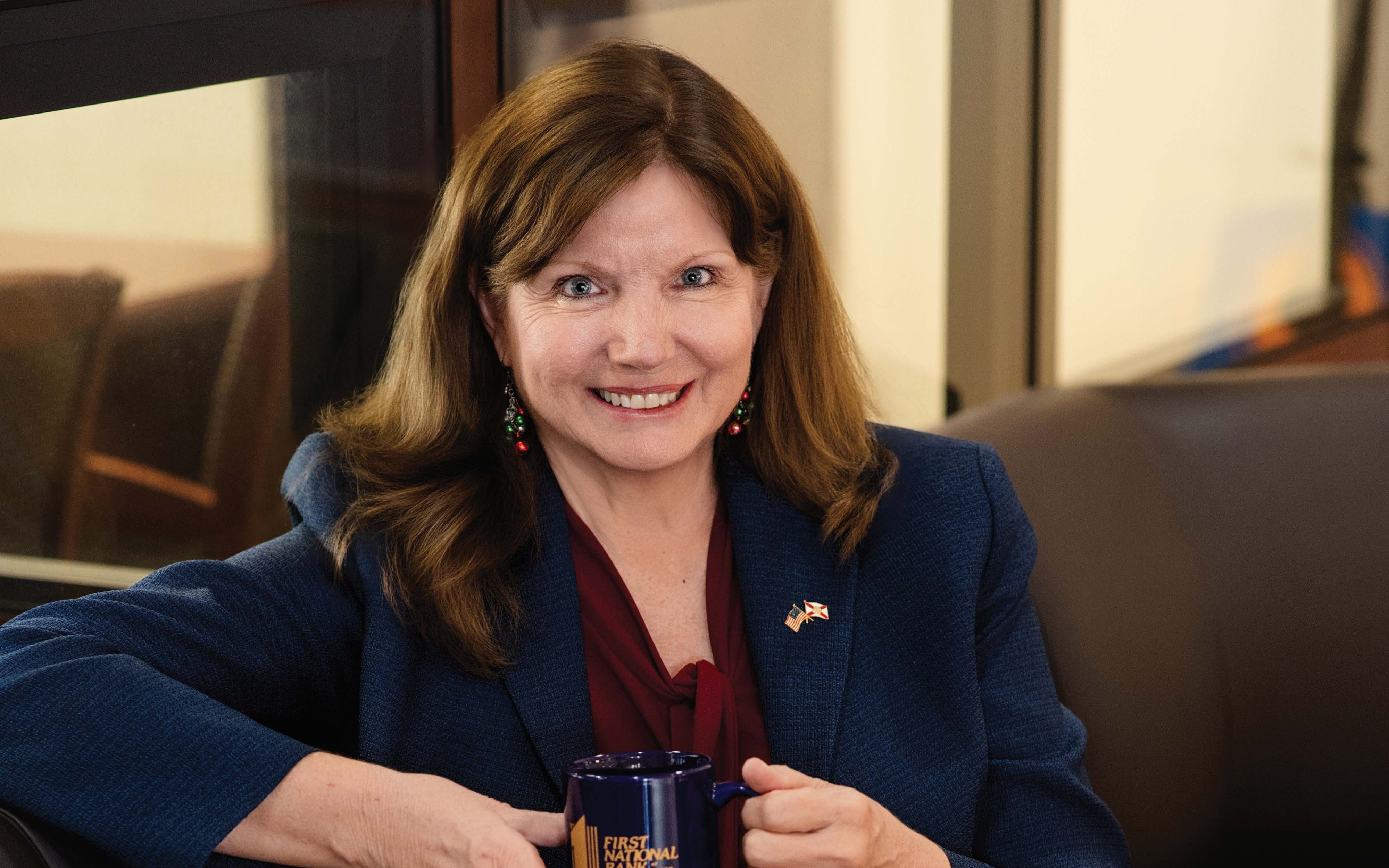Simple bonds find favor with portfolio managers in 2024.
Jim Reber: Dialing It Back
April 16, 2024 / By ICBA
Simple bonds find favor with portfolio managers in 2024.
KISS in this column does not refer to the pancake-makeup-wearing, androgynous rock ‘n’ roll band from the 1970s. I’m pleased to report it’s the acronym for “Keep It Simple, Stupid.” I mean no disrespect to the readers; in fact, it’s a compliment to community bank bond buyers, who once again have demonstrated their inclination to relative-value propositions, and their ability to react quickly to changing market forces.
ICBA Securities’ exclusive broker Stifel provides several complementary services to its stock-in-trade of debt securities for community banks. Not least is bond accounting, which more than 400 ICBA members use to document their portfolio holdings.
In aggregate, these banks own more than $76 billion in bonds, so it’s a large enough sample size to reasonably suggest they represent the industry as a whole. And you might be pleasantly surprised to learn that the highest-performing banks in this group are not achieving their results through any complex, convoluted, risk-addled means. In 2024, simplicity certainly has its rewards.
[A] higher allocation to munis translated into better relative performance. As recently as December 2021, 52% of the top quartile’s holdings were in tax-frees. Such is most assuredly not the case today.
What was…
For more than two decades, one of the most predictable features of high-performing bond portfolios was the sector weighting for municipal securities.
When we divided the bond accounting banks into four quartiles, sorted by yield, we would consistently see that the more munis a bank owned, the higher the yields relative to the rest of the population. There was also a correlation between yield and duration, of course; the top quartile would then have the longest average lives.
But that didn’t necessarily translate into greater price risk. Tax-free securities have about 80% of the price volatility of taxables due to the way in which tax-free interest rates affect market prices (which is another column for another month).
The point to be made is that a higher allocation to munis translated into better relative performance. As recently as December 2021, 52% of the top quartile’s holdings were in tax-frees. Such is most assuredly not the case today.
…is no longer
By December 2023, the top quartile had an allocation to munis of 26%, or just half what it had only 24 months earlier. Some of those dollars migrated into various types of amortizing securities, but the bulk of the reinvesting went into—wait for it—treasury notes. The numbers are quite astonishing. In the fourth quarter, fully 60% of new purchases were treasuries. They weren’t necessarily long maturities, either, as the treasury holdings on average had a duration of well under two years. And remember that we’re talking about the top quartile.
A skeptic would suppose that the erstwhile long-duration, heavy tax-free portfolios, and their built-in yield advantage, have given up some ground to the more conservative lower quartiles. One would be even more confident of that supposition knowing that the effective duration of the top quartile has shrunk in the past two years from 4.5 years to 3.9. One would be wrong. The yield gap between quartiles one and four was 124 basis points (1.24%) in December 2021; now, the difference is 173 basis points, or 1.73%.
What just happened
The reasons for the “dump munis, buy treasuries” trade can be summarized in these three factors:
The shape of the curve. The inverted curve, which has persisted since July 2022, has made longer‑yielding bonds less attractive than shorter ones. The longest securities in a typical community bank portfolio are munis, which is a good news/bad news proposition for inverted curves. Munis have lost less value than others since 2022, but the current market yields for them are below those of lower-duration bonds.
The supply/demand dynamics of the municipal market. Munis really haven’t held much value for corporations since 2018, when the marginal tax rates for C Corps dropped to 21%. The retail demand for munis has continued apace, as individual tax rates didn’t drop as much. And finally, as we’ve discussed in this space before, the entire municipal bond universe has not grown for well over 10 years. This has pushed yields on even 10-plus year munis below those of similar maturity treasuries.
The "higher for longer" narrative. Some portfolio managers are buying into the “higher for longer” narrative for short-term interest rates. The first quarter of the year saw expectations for actual cuts to fed funds pushed into the second half of 2024, and the number and size of the cuts declined, too. This has kept the inverted curve intact and has made even money-market treasuries the choice of engaged portfolio managers.
The result is that the highest-yielding and more risk-averse bank portfolios these days have a heavy dose of short treasuries. The top quartile at the start of 2024 had a full 14% allocation, which is a high-water mark for the past quarter century. As our friends from KISS might say, community bankers can buy short treasuries all night, and enjoy the results every day.
Education on Tap
ICBA Bond Academy
There are still a few slots available for the 2024 ICBA Bond Academy, April 22–23. Learn bond basics with your peers at the famous Peabody Hotel in Memphis, Tenn. Up to 12 CPE hours are offered. To learn more and register, visit icbasecurities.com
Bond accounting at your service
ICBA Securities’ exclusive broker Stifel offers an industry-leading bond accounting package that’s scalable to your community bank’s portfolio, at very competitive prices. For more information, or to see a demo, contact your Stifel sales rep.
Subscribe now
Sign up for the Independent Banker newsletter to receive twice-monthly emails about new issues and must-read content you might have missed.
Sponsored Content
Featured Webinars
Join ICBA Community
Interested in discussing this and other topics? Network with and learn from your peers with the app designed for community bankers.
Subscribe Today
Sign up for Independent Banker eNews to receive twice-monthly emails that alert you when a new issue drops and highlight must-read content you might have missed.
News Watch Today

Join the Conversation with ICBA Community
ICBA Community is an online platform led by community bankers to foster connections, collaborations, and discussions on industry news, best practices, and regulations, while promoting networking, mentorship, and member feedback to guide future initiatives.













